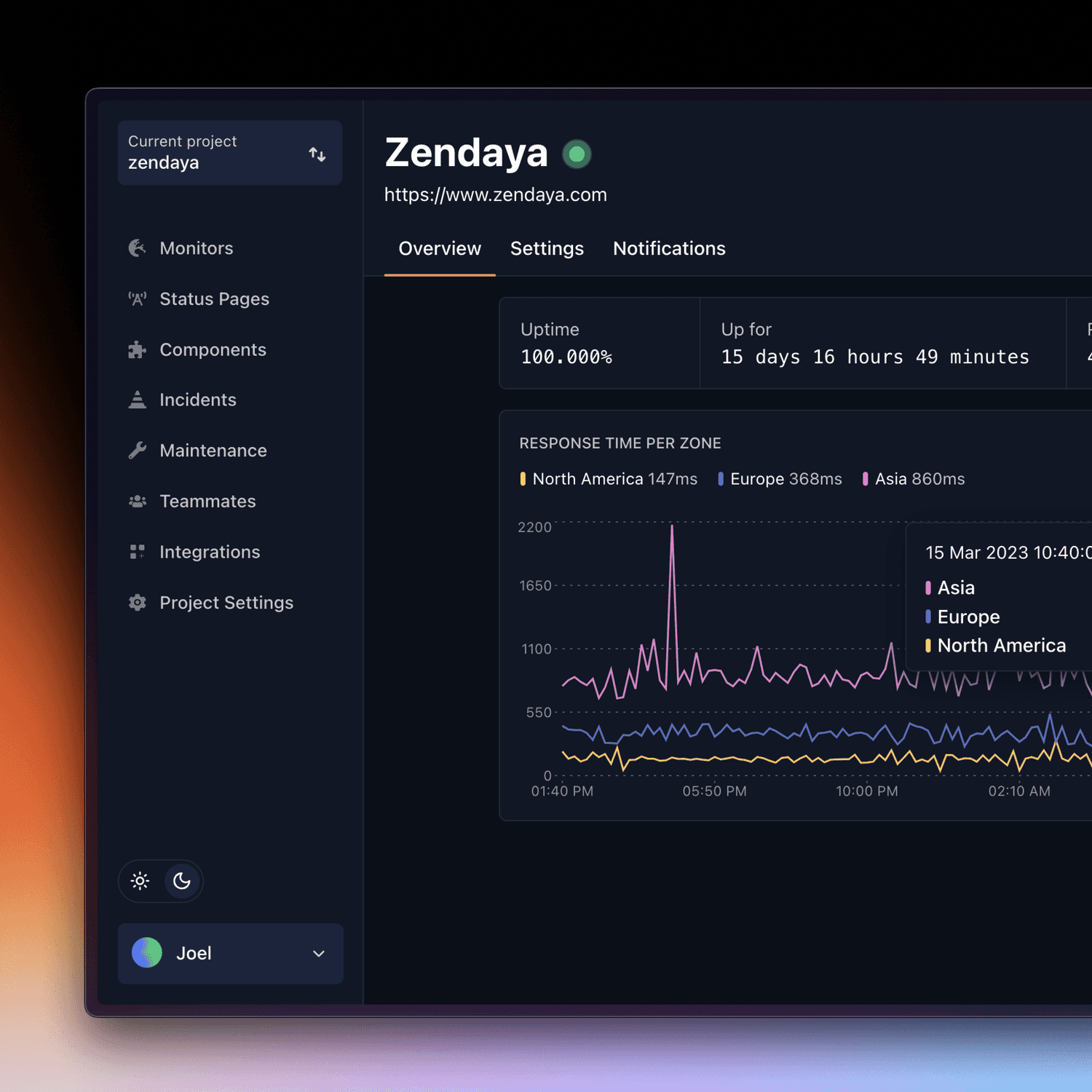Why You Need to Have a Status Page
In today's digital age, businesses are heavily reliant on their online presence. Website downtime or technical glitches can have a significant impact on a business's reputation, customer satisfaction, and revenue. To avoid such situations, it's crucial to have a status page that provides real-time updates on the status of your website.
What is a status page?
A status page is a web page that displays the current status of a website or application. It provides real-time updates on downtime, outages, and other issues that may affect the website's functionality. A status page acts as a communication platform between the website owner and its users, helping to reduce frustration and improve customer satisfaction.
Why is a status page important?
1. Improve customer satisfaction
A status page is an effective way to communicate with your users and keep them informed about website issues. By providing real-time updates, you can reduce customer frustration and improve their satisfaction. A status page can also help to establish trust and transparency with your customers, showing that you take website downtime seriously and are doing everything possible to resolve the issue.
2. Identify issues quickly
A status page can help you identify issues quickly and take action to resolve them. By monitoring your website's performance and uptime, you can detect issues before they become major problems. A status page can also alert you to server issues or other technical glitches that may affect your website's performance.
3. Reduce support costs
A status page can help reduce the number of support tickets your business receives. By providing real-time updates, users can quickly find out if an issue is affecting their website or if it's a widespread problem. This can reduce the number of support requests your team receives, freeing up time for other tasks.
4. Improve SEO
A status page can also help improve your website's SEO. By providing regular updates, search engines will see that your website is active and regularly updated. This can improve your website's search engine ranking, making it more visible to potential customers.
5. Provide transparency
A status page provides transparency to your users, showing that you are committed to resolving any issues that may affect their experience. This can help establish trust and build long-term relationships with your customers.
How to create a status page
Creating a status page is relatively simple. You can create a status page using a status page service. This tool allows you to customize the page's design and layout, as well as configure alerts and notifications for downtime and other issues.
When creating a status page, it's essential to provide real-time updates on the status of your website. You should also include a detailed description of the issue and an estimated time for the resolution. This information can help reduce customer frustration and provide transparency.
In conclusion, having a status page is essential for any business that relies on its online presence. It provides a communication platform between the website owner and its users, helping to improve customer satisfaction and reduce frustration. A status page can also help identify issues quickly, reduce support costs, and improve your website's SEO.


